[ad_1]
Arctostaphylos uva-ursi, most typically referred to as bearberry, is the precise edible ground cowl for anyone preventing poor soil or rocky soil conditions of their panorama. Its frequent title comes from what happens to most of these vegetation – apparently bears love the fruit that the plant produces and might happily devour them in huge volumes in fall as they’re fattening up for the winter.
This is not restricted to bears, each; many types of migratory birds will happily eat the berries. The sensible crimson bearberry is edible for individuals as successfully! You probably can add seen curiosity to any dwelling yard with its darkish inexperienced leaves and pink flowers.
It’s perennial and is a pretty, small-leaved ground cowl with crimson berries. The flowers aren’t dramatic, nonetheless it appears to be good as an understory layer spherical larger shrubs along with merely merely as a cover for an space in your panorama you don’t intend to walk on (it has woody stems that don’t make it applicable for lots foot guests).
This plant can perform in every full photo voltaic and full shade, although it prefers full photo voltaic in most areas. The bearberry plant is the unsung hero of North America, feeding bears with its berries and performing as a medicinal plant in Native American cultures for tons of of years.
Quick Care Data
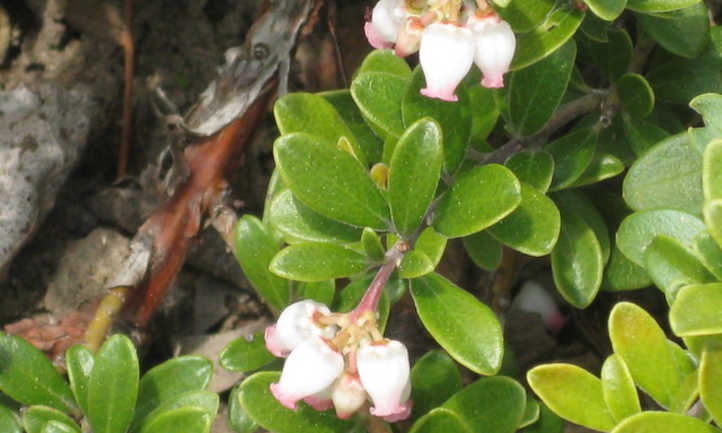

| Widespread Determine | Arctostaphylos uva-ursi |
| Scientific Determine | Widespread bearberry, kinnickinnick, bear’s grape, sandberry, barren myrtle, mountain discipline, and hog cranberry |
| Family | Ericaceae, the heath family |
| Peak & Unfold | 12 inches tall and as a lot as 3-6 ft big |
| Gentle | Full photo voltaic |
| Soil | Sandy, acidic soil |
| Water | Drought tolerant as quickly as established |
| Pests & Sicknesses | Winter burn, aphids, root rot |
All About Bearberry
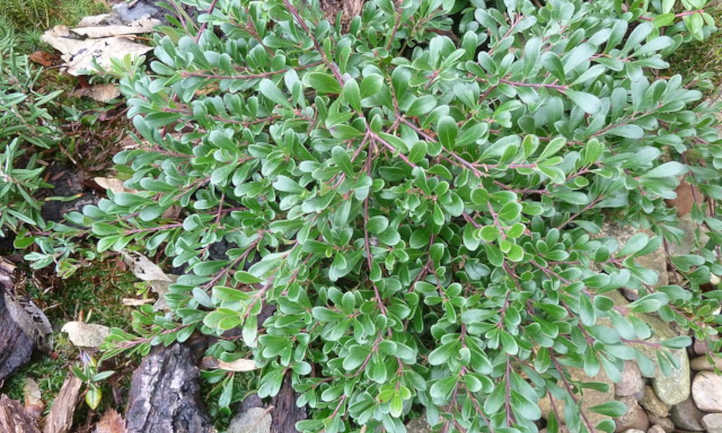

Arctostaphylos uva-ursi can be acknowledged by many alternative names resembling bearberry, kinnickinnick, bear’s grape, sandberry, frequent bearberry, barren myrtle, mountain discipline, and hog cranberry.
The bearberry plant is an evergreen shrub native to circumboreal areas world broad resembling Canada, Finland, Russia, and lots of others. It prefers northern chilly climates and does best in USDA zones 2-6. Inside the wild, their darkish inexperienced leaves are largely found on open slopes as they thrive in rocky soils.
Bearberry vegetation (Arctostaphylos uva-ursi) could also be acknowledged by their woody stems, darkish evergreen leaves, pink flowers, and eventually vibrant crimson berries. It is a slow-growing perennial ground cowl that spreads by means of ground rhizomes.
The Arctostaphylos uva-ursi plant grows in a mat which makes it helpful for panorama erosion administration, and to fill in areas in yard beds. It will enchantment to butterflies and completely different pollinators to your gardens with its urn-shaped flowers. The reality is, it is the host plant for plenty of butterflies along with the hoary elfin and brown elfin.
In North America the bearberry plant has been used extensively by Native American tribes as part of smoking mixtures, dried for tea, as an anti-inflammatory, and as an antiseptic. It moreover has astringent properties and has been used to wash sores or small wounds.
Care
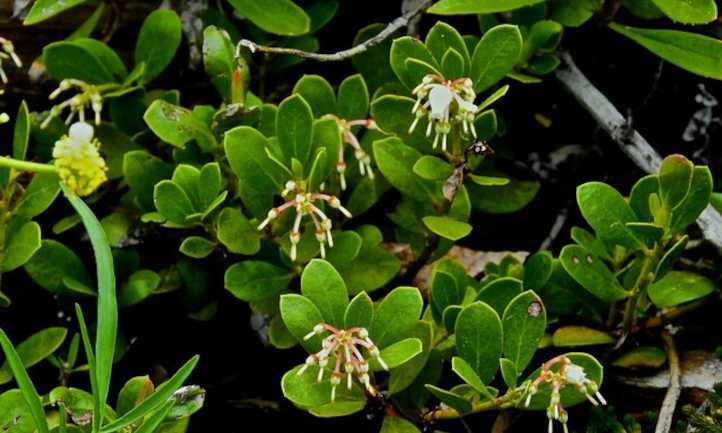

The Arctostaphylos uva-ursi plant is the precise species of ground cowl for many who’re trying to find a low-maintenance evergreen that grows in spring and flowers by means of the summer season. It makes a shocking addition to any yard and might just a few requirements met, it’s going to arrange and in addition you’ll be succesful to have the benefit of it yr after yr.
Photo voltaic and Temperature
Bearberry vegetation thrive in full photo voltaic, nonetheless, they’re going to tolerate gentle shade. That being said, you’ll get in all probability essentially the most progress, flowers, and fruit everytime you give your bearberry full photo voltaic, considerably than partial shade. As talked about above they do best in USDA zones 2-6 and may tolerate chilly winter fall and climates. They tolerate the chilly so successfully that seeds can germinate in temperatures as little as 40 ranges.
The bearberry plant itself does best in a temperature range of 40-77 ranges Fahrenheit. As an evergreen shrub, the darkish inexperienced leaves are inexperienced year-round and don’t desire security from frost. They will not, nonetheless, tolerate extreme heat.
Water and Humidity
The bearberry plant is very drought tolerant as quickly as established and will under no circumstances have to be watered exterior of any precipitation that you simply simply acquire in your yard. Due to this, it is a good landscaping risk for low water or xeriscaped gardens. It’d tolerate every moist and dry rising conditions, nonetheless, it isn’t going to tolerate standing water. By means of the primary yr of progress make certain you water your bearberry vegetation to get them established, then you definately probably can once more off of watering.
By means of the winter it isn’t important to water this plant as it’s going to get the entire moisture that it requires from any snowfall. Inside the mid-spring and summer season months, they may require barely additional moisture to deal with the heat. Partial shade moreover helps with dry soil.
Soil
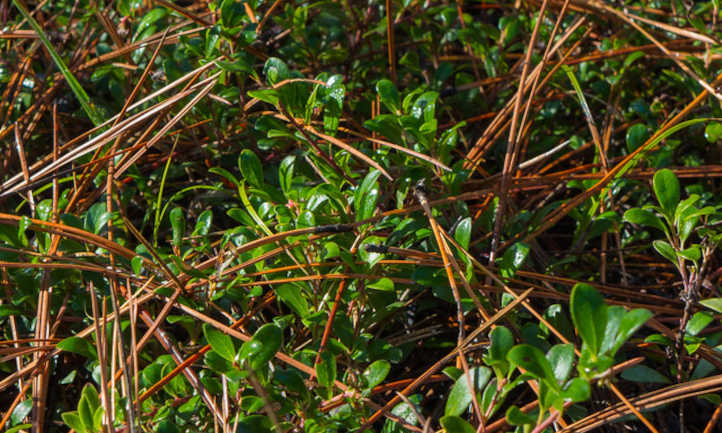

In its native habitat, Arctostaphylos uva-ursi vegetation pop up in not too way back disturbed or rocky soil and tend to fill in slopes the place water drainage is appreciable. There it’s going to variety a sloping ground cowl. Bearberry will tolerate and adapt to many various conditions, along with salt inside the soil, nonetheless it isn’t going to tolerate a soil ph exterior of its hottest range. It desires well-draining acid soil with a pH between 4.5-5.5.
Because it’s salt tolerant and thrives in sandy acid soil, this bearberry makes frequent appearances alongside coastlines crammed with salt as successfully.
Fertilizing
Bearberry vegetation can survive in poor soil conditions so fertilizing simply is not utterly important. Nonetheless, for many who’d want to encourage your plant to unfold in a ground cowl development additional shortly a fertilizer with a barely elevated nitrogen content material materials will simply try this.
Likelihood is you may sacrifice some flowers and fruit to make sure that them to positioned on additional inexperienced progress and unfold. It’s very important to not fertilize this plant larger than as quickly as per yr as it might probably merely be overwhelmed.
Pruning
Arctostaphylos uva-ursi would not require pruning, nonetheless you may choose to prune away ineffective wood or make use of some gentle pruning to reshape and type the plant and intensify its darkish inexperienced leaves. The proper time of the yr to prune this plant is in late spring or late summer season after the bloom time has handed. You’ll want to make certain to depart the flowers on the plant to attract the butterflies!
Propagation
A bearberry plant could also be grown from seed. Nonetheless, because it’s such a sluggish grower, a rather a lot higher risk for this ground cowl is to propagate it from stem cuttings. Fill a pot with sand-dominant soil. New vegetation could also be started by decreasing off a stem, dipping it proper right into a rooting hormone powder, after which sticking it into moist sand to root in spring.
While you’re rising from seed it’s very important to recollect the truth that they’re going to require chilly stratification to variety sprouts. It’s actually useful to retailer your seed inside the fridge for 3 months sooner than planting it out inside the yard. Alternatively, you probably can sow them direct into the soil inside the late fall and they should sprout from the underside inside the spring.
Troubleshooting
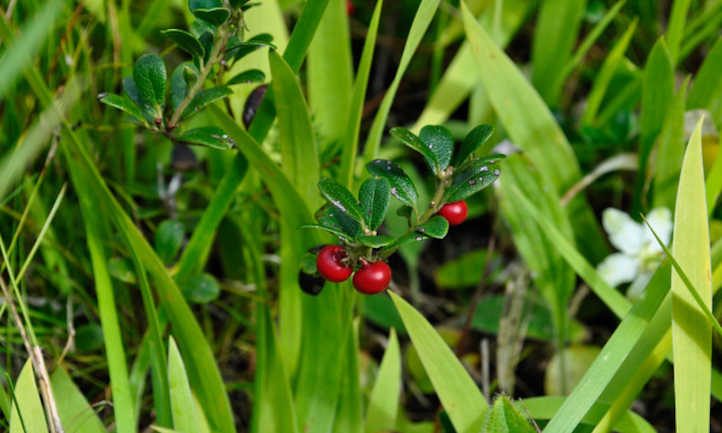

As talked about above, uva ursi may very well be very drought tolerant as quickly as established, requires little to no fertilizing, no pruning, and is a very low repairs inexperienced ground cowl planting that will fill and add curiosity to your panorama. There are a few factors value noting, nonetheless.
Rising Points
The most common rising draw back occurs when the soil pH requirements normally aren’t met. Bearberry will current indicators of stress if the pH inside the soil is simply too extreme. The leaves may flip bronze, it’d cease to positioned on new progress, and mustn’t variety flowers the least bit. It’s very important to note that the leaves will flip bronze naturally in late fall transferring into winter, nonetheless, if the foliage is browning or reddened by means of the spring and summer season this can be an indicator that the soil ph have to be raised.
The acidity of the soil could also be raised with a soil acidifier that could be found at your native nursery or massive discipline yard retailer. Observe the instructions on the once more of the bundle.
Winter burn can is believed to impact evergreens as soon as they experience prolonged intervals of drought alongside frozen ground inside the winter which prohibits their functionality to change water misplaced by the tactic of photosynthesis. As a result of the burns unfold, leaves may flip brown and die.
Stay away from planting new vegetation in windy areas to forestall the additional lack of moisture from the soil by means of the late fall and winter or apply mulch to help retain it. Prune away ineffective wood if new progress would not reappear and type in your yard inside the spring.
Pests
Aphids are the most typical pest for these vegetation as a consequence of their succulent foliage and fruit. In a home yard, the simplest method to battle aphids is to spray them off of your plant with a blast of water as rapidly as you discover them.
To cease them from returning and/or overtaking your vegetation creating an environment that options numerous flowering vegetation will enchantment to pollinators and completely different helpful bugs that wish to munch on aphids, like ladybugs as an illustration. In extra excessive infestations neem oil or insecticidal soaps may do the trick.
Sicknesses
Root rot is the most typical fungal sickness to impact bearberry vegetation. They do not want to be in standing water so providing them with well-draining soil will help steer clear of this drawback. Planting them within the correct soil helps too. Nonetheless, for many who uncover wilting even supposing it has acquired a great deal of water, mushy stems, and a shortage of current progress then this might level out root rot.
Letting your plant dry out completely sooner than watering it as soon as extra will assist starve the fungus. The equipment of copper fungicides has mixed critiques as regards to treating root rot.
Repeatedly Requested Questions
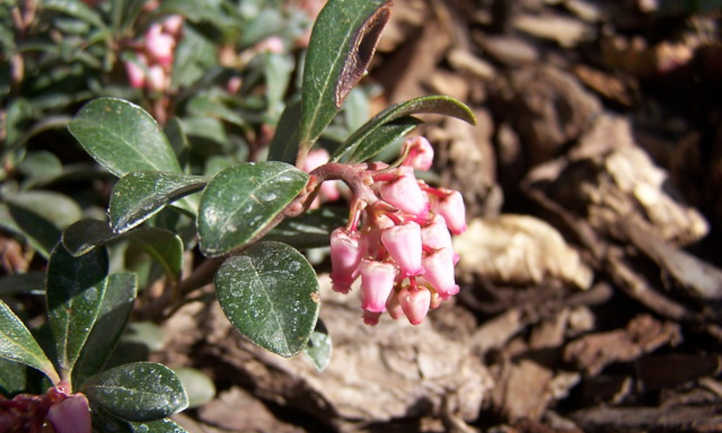

Q: Are bearberry berries poisonous?
A: Positive and no. These fruits do embody hydroquinone which can be toxic and assemble up inside the liver. Due to this, individuals with liver issues mustn’t devour bearberry. It is recommended to not ingest larger than 10-20 grams of bearberry at anybody time. Indicators of bearberry toxicity usually start with nausea.
Q: What does bearberry model like?
A: It has been described as tasting mildly sweet and crisp, identical to an apple. The fruit is normally tasteless when eaten raw, nonetheless cooking them brings out its style.
Q: What animal eats bearberry?
A: As its title would counsel, bears! Nevertheless completely different small mammals and birds eat them as successfully.
Q: Is bearberry a neighborhood plant?
A: Bearberry is native to circumboreal areas all through the globe like Canada, Russia, Finland, and lots of others.
Q: How do you plant bearberry?
A: It could be started from seeds in early fall (the seeds favor a interval of stratification) or propagated from stem cuttings.
Q: Is bearberry easy to develop?
A: Positive, its most significant requirement is the precise soil acidity, in another case it’s slightly low repairs.
Q: Is bearberry an evergreen?
A: Positive it is an evergreen shrub.
Q: Will bearberry develop in clay soil?
A: It’d, nonetheless prefers sandy soils.
[ad_2]
Provide hyperlink